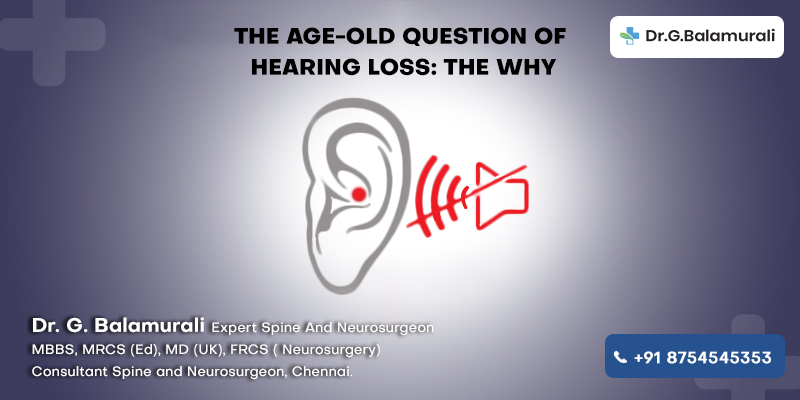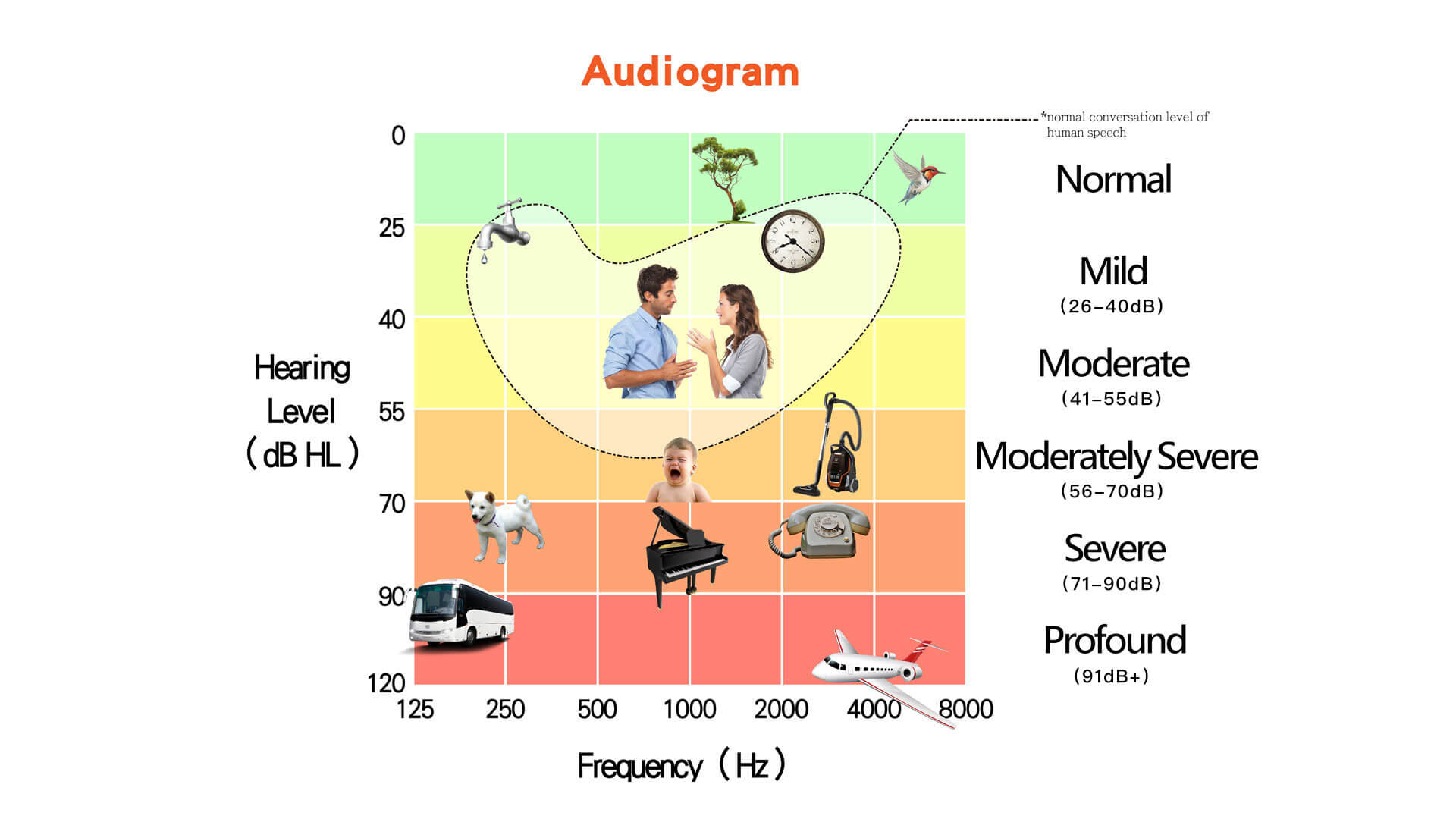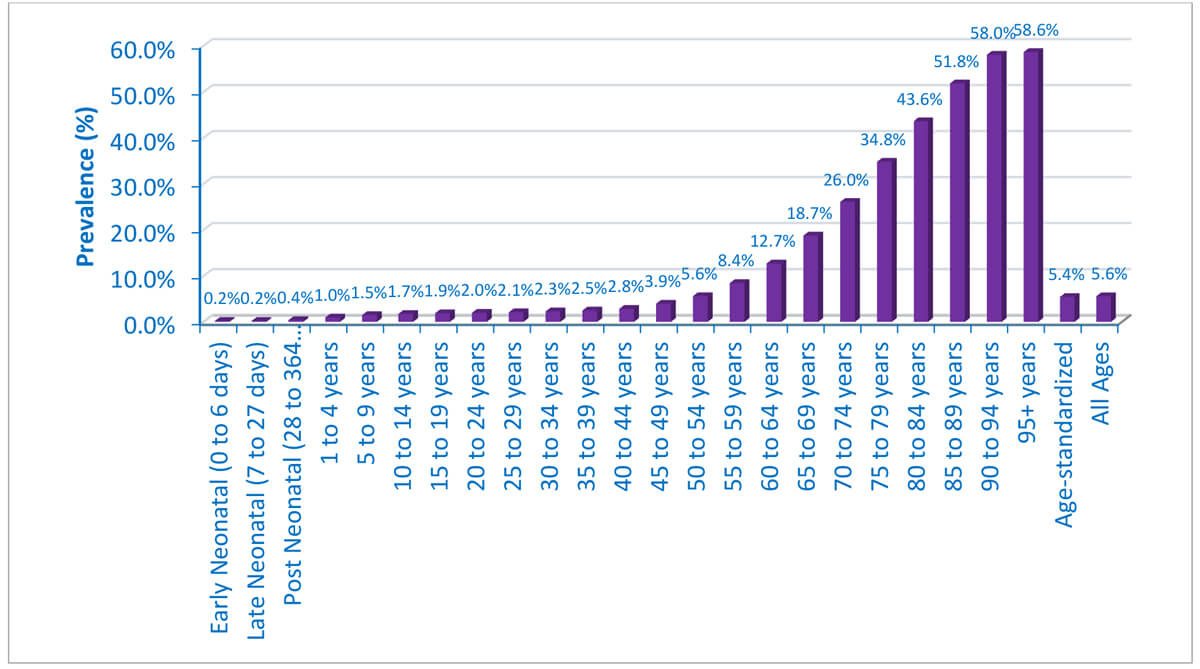

This is noise-induced hearing loss (NIHL) and is distinct from presbycusis. The effects of age can be exacerbated by exposure to environmental noise, whether at work or in leisure time (shooting, music, etc.). Despite this, age-related hearing loss may only become noticeable later in life. One early consequence is that even young adults may lose the ability to hear very high frequency tones above 15 or 16 kHz. Age affects high frequencies more than low, and men more than women. excluding those with ear disease, noise exposure etc.), based on a meta-analysis of published data.
PATHOLOGICAL AGING HEARING LOSS ISO
The ISO standard 7029 shows expected threshold changes due purely to age for carefully screened populations (i.e. Usually occurs after age 50, but deterioration in hearing has been found to start very early, from about the age of 18 years.

Presbycusis is the second most common illness next to arthritis in aged people. Presbycusis is the most common cause of hearing loss, affecting one out of three persons by age 65, and one out of two by age 75. At present there are no preventive measures known treatment is by hearing aid or surgical implant. The cause of presbycusis is a combination of genetics, cumulative environmental exposures and pathophysiological changes related to aging. Hearing loss that accumulates with age but is caused by factors other than normal aging ( nosocusis and sociocusis) is not presbycusis, although differentiating the individual effects of distinct causes of hearing loss can be difficult.

The hearing loss is most marked at higher frequencies. It is a progressive and irreversible bilateral symmetrical age-related sensorineural hearing loss resulting from degeneration of the cochlea or associated structures of the inner ear or auditory nerves. Presbycusis (also spelled presbyacusis, from Greek πρέσβυς presbys "old" + ἄκουσις akousis "hearing" ), or age-related hearing loss, is the cumulative effect of aging on hearing.


 0 kommentar(er)
0 kommentar(er)
